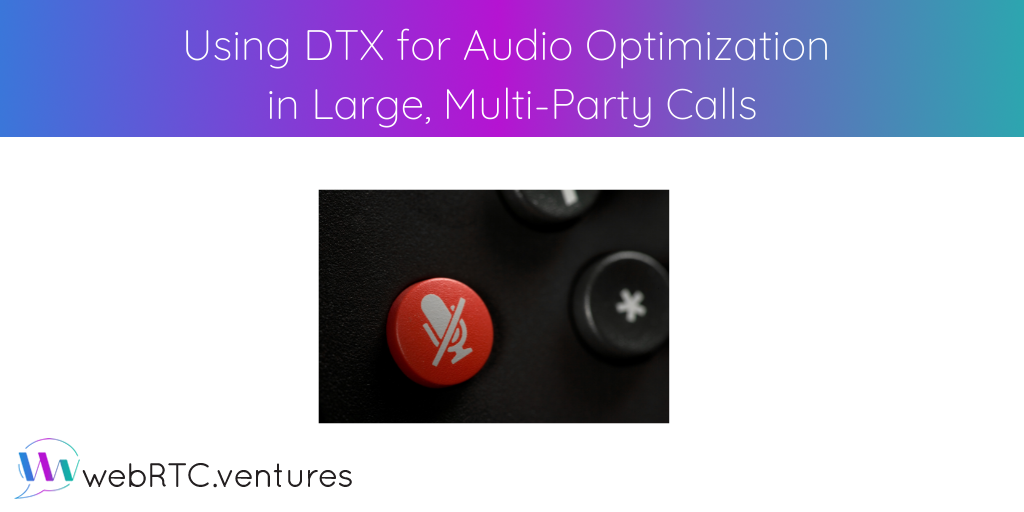
DTX is an advanced configuration of the Opus audio codec that allows for large reductions in on audio traffic when a participant is silent. When DTX is enabled, part of the silent audio packets won’t be transmitted. Senior WebRTC engineer, Germán Goldenstein, shares the pros and cons of this very powerful technique for audio optimization and the kind of use cases where it makes the most sense.

Interested in learning how to handle audio in WebRTC? Here is a a quick WebRTC audio demo, which will show you how to get access to audio devices, to monitor changes in the stream in real time. Introduction. So the big day for that important and fancy

Lately, WebRTC is a hot topic. Apple announced its support of Web Real Time Communication P2P video and audio chat applications. Google supports it. Many businesses are adding it to their communications platforms due to its many benefits – increased client engagement, client reach, and client retention; increased growth

Did you know you can “fake” an audio stream in WebRTC? This is useful if you want to manipulate audio streams (to add audio effects for example), or if you want to stream an audio file. In this article I’m going to show you a rudimentary implementation






